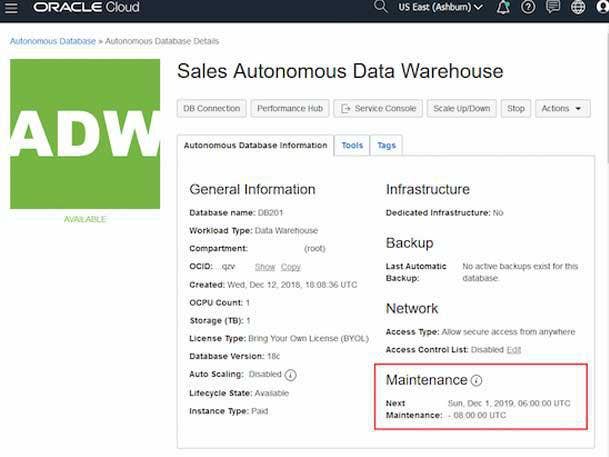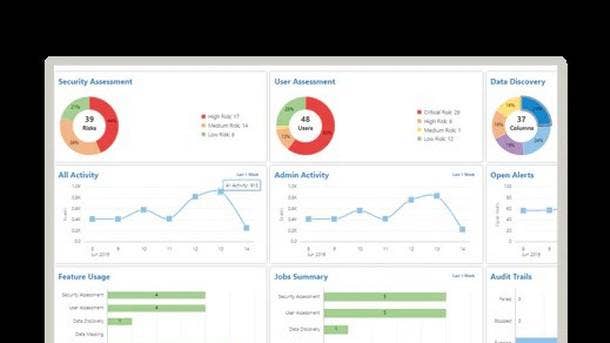Oracle Updates Autonomous Data Warehouse: Here’s What To Know
The company is seeking to converge services at the database level and make Autonomous Data Warehouse easier to use.

The Latest From Oracle
Tech giant Oracle has announced a number of updates that aim to make its Autonomous Data Warehouse offering easier to use for experts and novices. The strategy from the company is to reduce how many databases users turn to for modeling and data analysis, Steven Zivanic, Oracle’s global vice president of database and autonomous services product marketing, told CRN.
Some of the updates are already generally available, with all of them expected to become available before the end of May. And channel partners could potentially see more customers interested in Oracle database offerings with the new features reducing complexity. The goal is for a single data platform for businesses to store, clean, govern and analyze data from any source. “We are converging everything at the database level,” Zivanic said. “We want to eliminate the obstacle of, ‘I don’t know how to do that.’”
Oracle originally launched the offering in 2018. What follows are the key things to know about the latest updates to Oracle’s Autonomous Data Warehouse.

New Tools And Interfaces
With the updates to Oracle’s Autonomous Data Warehouse, novices can load data and make it available to colleagues through dragging and dropping.
A goal with the updates is to automate administrative tasks needed for databases, Neil Mendelson, Oracle’s vice president of big data and advanced analytics, told CRN.
“The sky’s the limit with what you can do when these tools can be built by anyone,“ Mendelson said. “We want to empower the next generation data analyst with the next generation cloud data warehouse.”
Oracle adds a no-code user interface for automated machine learning through the AutoML UI. The interface automates machine learning model creation steps to speed up the process, improve model quality and allow novices to use machine learning.
On Oracle’s latest quarterly call with analysts, CTO Larry Ellison (pictured) pointed to the company’s database business as a key growth area. Fueling part of that growth is Autonomous Database--which includes Autonomous Data Warehouse as one of its key solutions--and which Ellison called both a cost saver and a way to avoid human errors and security threats.

Machine Learning Updates
Users of Python can use the programming language to apply machine learning on data within the Oracle Autonomous Data Warehouse. The tool comes with 30-plus native machine learning algorithms. Python is among the top skills that employers seek in job candidates.
Oracle Machine Learning Services updates allow teams in development operations (DevOps) and data science to deploy and manage in-database models and ONNX-format classification and regression models outside Oracle Autonomous Data Warehouse.
Teams can also invoke cognitive text analytics.
App developers have received easy-to-integrate REST endpoints for all functionality.

Property Graph Support
With new property graph support, users can create graphs within a data warehouse, query graphs with property graph query language (PGQL) and analyze graphs with more than 60 in-memory graph analytics algorithms.
Graph Studio Interface
Updates to the Graph Studio interface simplifies graph analytics for beginners with automated creation of graph models, notebooks, integrated visualization and pre-built workflows for different use cases.
New Data Lakes Access
Three new data lake capabilities are available for Autonomous Data Warehouse to query data in Oracle Cloud Infrastructure (OCI) Object Storage and all popular cloud object stores.
The three new capabilities are easy querying of data in Oracle Big Data Service (Hadoop), integration with OCI Data Catalog to simplify and automate data discovery in object storage and scale-out processing to accelerate queries over large data sets in object storage.